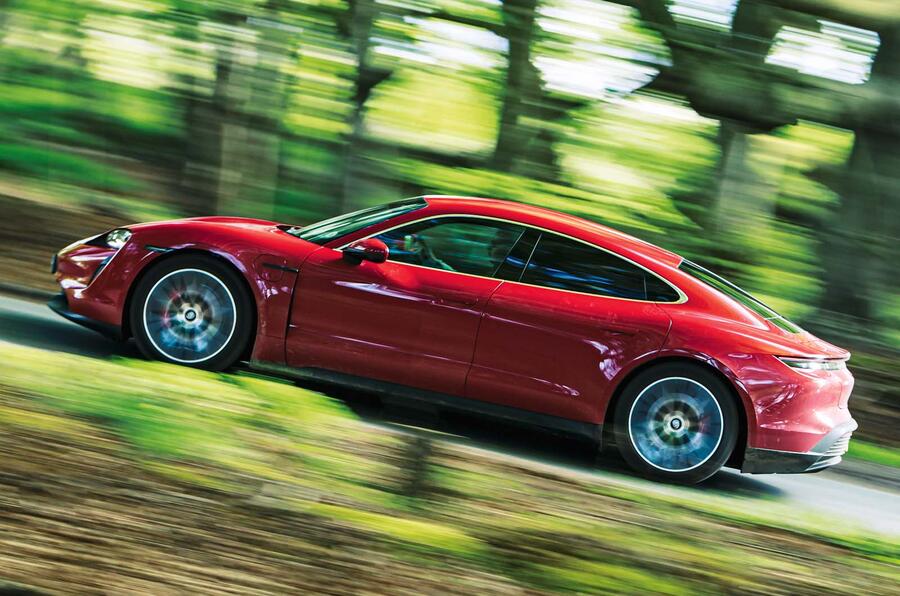I’ve bought an Audi A2. It’s a 2003 74bhp 1.4-litre diesel and, because it didn’t have an MOT, it cost me £500.
So far, I’ve fitted a new rear wheel bearing (£30), cleaned some mould from its crannies and sent it to be MOT tested. It failed only on headlight alignment and parking brake effectiveness, the latter perhaps because it has recently spent time sitting.
By the time you read this, I hope to have sorted both, plus the sole advisory note about headlight cloudiness, meaning I will have a fully roadworthy, clean-MOTed A2 that the tester called “really tidy” for less than £550.
You will hear more about it, of course, in future, and no doubt I will bang on about it at length on the podcast (get it every Wednesday from etc and so on).
But it’s a photo from the previous owner, showing a return of 75mpg, that has got me thinking about just how efficient the A2 is – and could be.
It’s aluminium-structured and compact so has a kerb weight of only 960kg in this form. But while running a sponge over it, I reminded myself how the field of aerodynamics has moved on in the past quarter century.
The A2 TDI had a drag coefficient of 0.28, which a special low-drag, big-economy edition managed to improve to 0.25. It took things like 145-section tyres and an underbody redesign to do that.
Yet today, in cars that somehow don’t look anything like so slippery, figures in the low 0.20s are increasingly common.
On the face of it, the A2 looks a pretty efficient shape. The front is well rounded and the roof arches in a teardrop profile, which is the most aerodynamic shape there is.
Cars could all be incredibly efficient if they were 12 metres long and tapered for a teardrop profile that would retain laminar air flow right along the body.
But they’re not, so air has to break clear of the body somehow, and to cleave it off quickly is better than prolonging its departure, which is why so many modern cars have boot-lip or rooftop spoilers.









Join the debate
Add your comment
Autocar is far from the only culprit, but car journalists really do need a lesson in aerodynamic drag coefficients.
This week's Cupra Tavascan road test commends it for having a Cd of 0.26 'despite being a taller car'. This is nonsense: the drag coefficient figure is compared to a block of similar size, not an absolute figure. As mentioned below, you need to take surface area into account.
A Tesla Model Y does not slip through the air more easily than a Porsche Cayman, despite having a lower Cd, because it still has a bigger frontal area.
I can remember when CD figures and light weight were all the rage in the car industry, not sure what happened or why it fell out of favour.
I'm always shocked by how cheap and worthless used cars are in the UK. In the US, 500 quid will get you an undriveable parts car with 300k miles, with a dent and possibly rust on every body panel, mismatched tires and whells, and seats that looked like they lost a fight with a grizzly bear. Why does anyone even buy a new car in the UK?